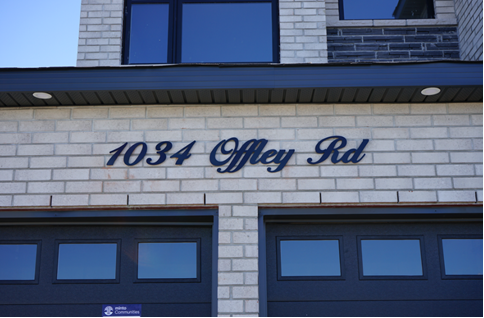Artificial grass mimics the look of real grass while being a low-maintenance alternative. It allows you to enjoy the look and appeal of real grass without the added hassle of extensive maintenance that’s required by natural grass. Artificial turf does not require watering, fertilizers, mowing, weeding, edging, aerating, and re-seeding. Although, this doesn’t mean that your artificial lawn is completely maintenance-free. Weed growth can be really annoying and technically weeds can still grow through your synthetic turf.
Table of Contents
Can Artificial Turf Get Weeds?
Although artificial grass has a higher resistance to weeds than natural turf, it’s still possible for weeds to grow around the edges or infrequently through small holes in the backing. Weeds can also grow through the infill, depending on the type of infill that has been used during the installation. These weeds that grow through the infill can’t root beneath the turf so can be easily removed; nevertheless, if sand infill or any other infill material has been used, it can allow the seeds to germinate hence you might see the growth of weeds in your artificial turf.
If your synthetic turf has been properly installed, it’s quite difficult for weed to grow. It’s due to the several steps taken during installation which help in preventing weed growth. Digging up the area removes any weeds present on the surface, then a weed killer is sprayed which helps in killing off the existing weed and seeds in the soil. It is recommended to use a weed barrier fabric while installing the turf as the compacted bases supply an additional obstacle for weeds to grow through.
It can be quite hard to remove all the existing weed root systems. Weeds can probably still wiggle their way through to the surface. Take into consideration concrete walkways or driveways, these are solid hardscape, but it’s quite common to see weeds growing through the cracks or around the edges. With synthetic turf, it’s especially hard to completely keep off the growth of any weeds from growing through cracks or around the edges.
In conclusion, if you choose artificial grass, you might never have to pull any weed from your garden. Artificial turf is a far more weed-resistant option when compared to natural turf while being quite low maintenance. However, it’s not guaranteed that you will never see a weed growing through your artificial turf.
Maintenance Tip for Weed Prevention:
Brush up:
To eliminate any unwanted airborne seeds, it’s advised to brush up your artificial turf regularly using a stiff brush, especially during the summer months. This quick and easy step will help in ensuring that your lawn remains perfectly appealing while keeping the weeds at bay. Make sure to choose a brush with synthetic bristles, not metal ones, as these won’t harm your artificial grass. Brushing not only removes seeds and debris but also helps in keeping the blades of your turf perky and upright.
Maintain Surrounding Area:
If you have any trees or branches hanging over your artificial turf, maintaining it regularly will help in controlling weed growth. Make sure to trim or prune the trees or branches as it will stop the leaves from gathering. While in autumn, make sure to clean up the entire lawn with a leaf blower which is a quick and easy way of keeping weeds from growing.
Apply Weed killer:
Applying a pet-friendly weed killer is another method of preventing weed growth and removing weeds from your synthetic lawn. However, you don’t need to do this very often, just once or twice per year is just fine and will help in preventing weeds from growing all year round.
If you are looking for other flooring solutions as well like rugs or vinyl flooring for your interiors, please click the links below:





